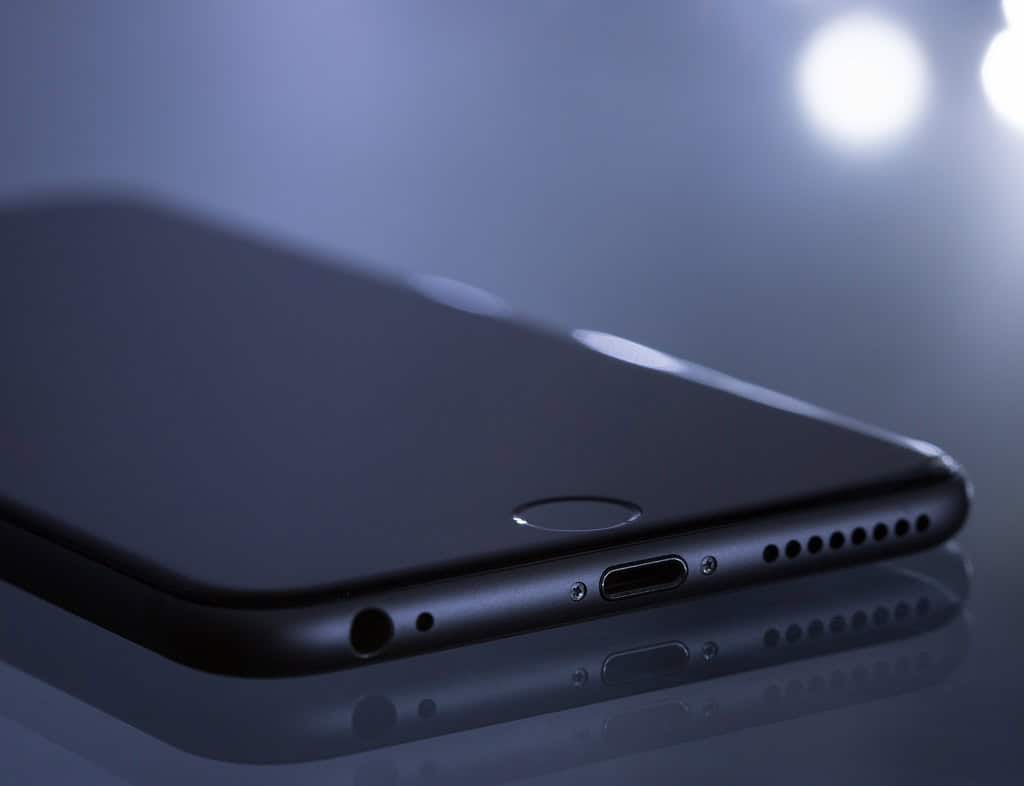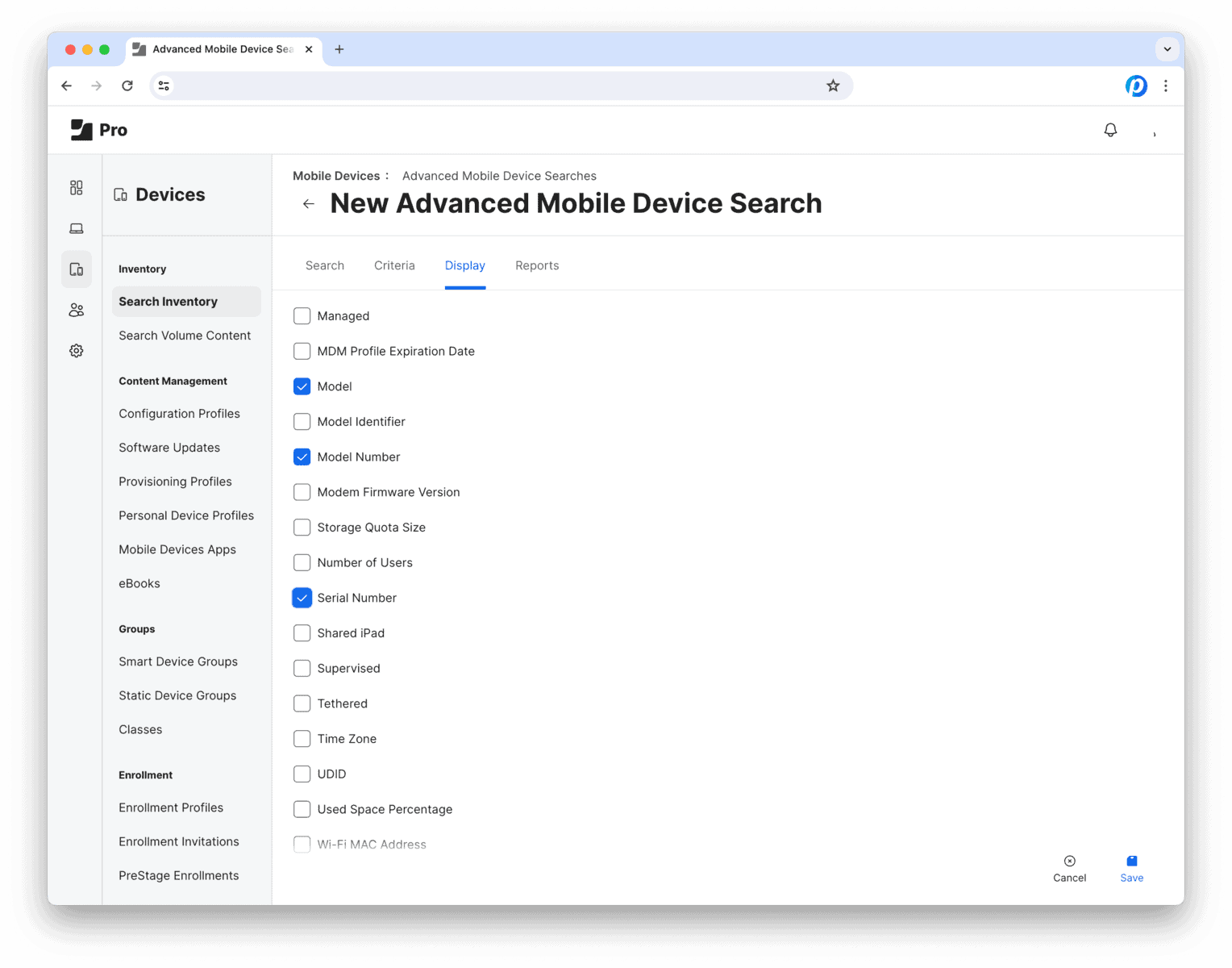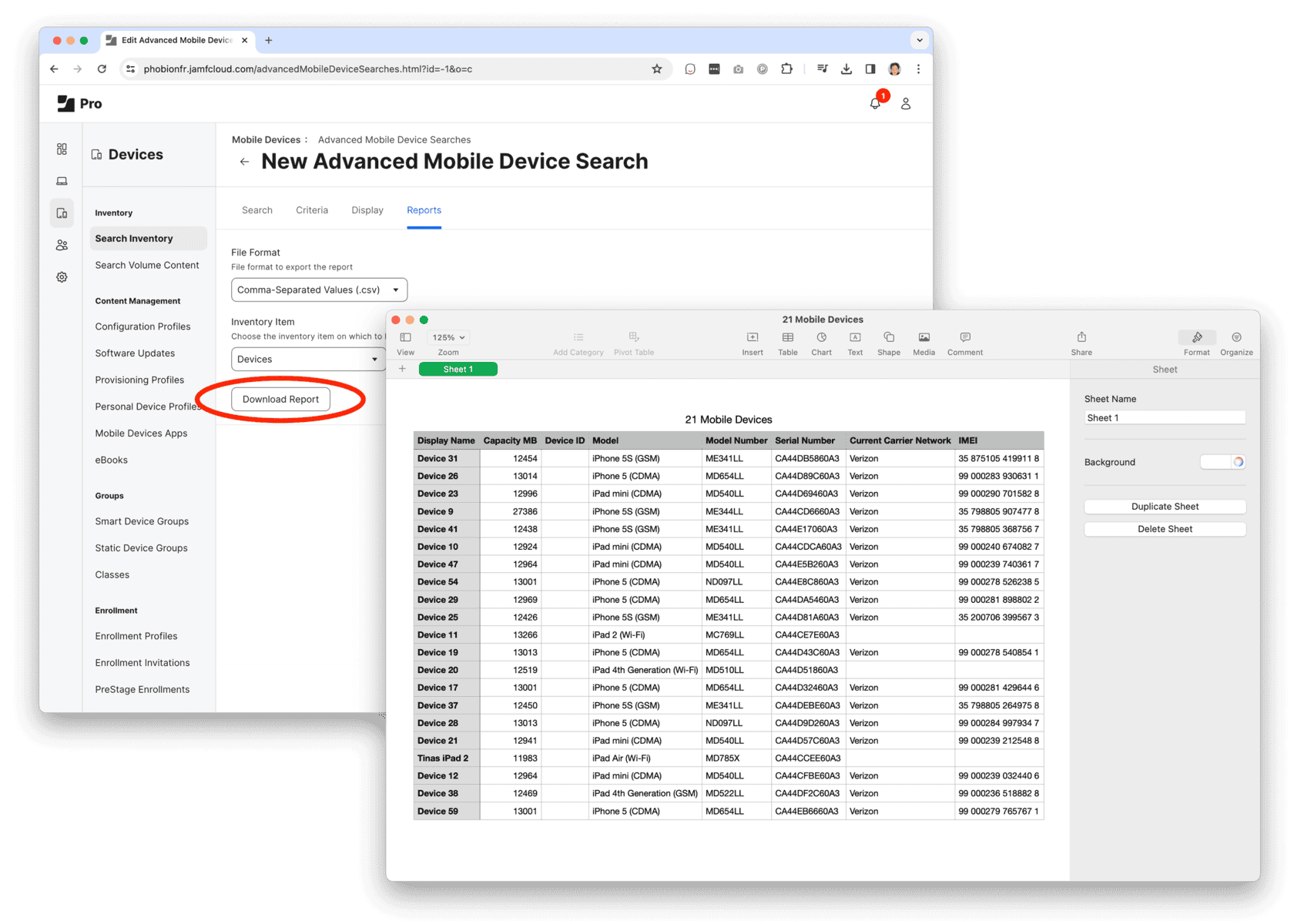Smartphone prices continue to soar. Last year, consumers thought $1,000 was outrageous for a new smartphone. Now, it’s the new normal. Consumers who desire larger screens and more storage will have to pay even more. For reference, Apple’s new iPhone XS Max 64GB phone retails at $1,099 while Sprint’s Samsung Galaxy Note9 512GB retails at $1,249. With these steep price tags, the days of upgrading to a newer model every year or two are long gone.
Today, customers are holding onto their old devices longer than ever and would rather repair a cracked screen or replace an old battery than empty out their wallets for a new phone. Unfortunately, this makes it difficult for wireless retailers to make new sales and makes it even more of a challenge to acquire new customers from other carriers.
Elevate Spending Power
To incentivize consumers to purchase the latest mobile phones, tablets, and laptops as they hit the shelves, wireless retailers must offer a trade-in solution that accepts old devices and puts money back in customers’ wallets. Ideal for consumers who are looking to get their hands on the latest technology for less and for wireless retailers that are looking to generate revenue, Phobio enables the buyback of smartphones, tablets, computers, accessories, or any other pre-owned technology in exchange for payment and/or recycling.
By offering the most transparent pricing in the industry for pre-owned devices, Phobio gives customers who trade-in the opportunity to reduce the overall cost of a new device. With extra money in their pockets, consumers are also uniquely positioned to purchase additional products and accessories during their next shopping trip. This empowers sales teams to effectively push product promotions, integrate trade-ins into new or existing buy-flows, sell more of the latest technology, and better assist customers.
Disrupt the Status Quo
As an omni-channel platform, Phobio ensures a seamless trade-in process online or in-store. This flexibility is business-critical. Our data has shown that customers are more likely to start their trade-in through one channel and finish it through another. For example, a customer looking to purchase a new mobile device may bring their current phone to a store and realize they still have music, photos, and contacts that need to be backed up before they hand over their device for good. In this scenario, even though the customer started their transaction at a brick-and-mortar location, they can go home to back up their phone and finish their trade-in process online. Then, they have the option to schedule a pick-up for their phone or to bring it back to the physical store location.
The ability to engage online and in-store not only increases customer satisfaction, but also elevates spending power and creates “door swings” for retailers. According to Statista, over 220 million Americans shopped online in 2018. However, according to a study by NPR, 56% of online shoppers say they prefer to shop in a brick and mortar store. Implementing a solution that connects the physical and digital worlds of retail can give companies an edge against e-commerce giants like Amazon and eBay.
Actionable Insights
Far more than a traditional buyback tool, Phobio enables retailers to turn device trade-in data into actionable insights by providing industry-leading reporting and analytics tools. This helps teams stay up-to-date on current and historical average trade-in values. Phobio also features device processing, resell, and experience management services as well as courier, tracking, inspection, recycling, and CRM services. This helps wireless retailers to deliver better customer service and, ultimately, disrupt the status quo. Our data has shown that Phobio is proven to raise NPS scores, increase trade-in volume, and improve trade-in attachment rates. Some of our customers have successfully generated a 10x increase in volume due to our strategic marketing programs.
Interested in learning more? Let’s chat!








